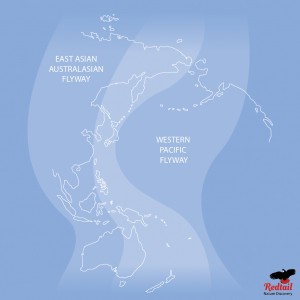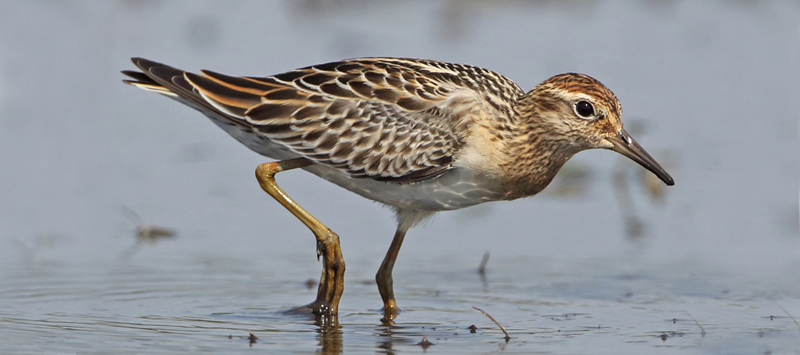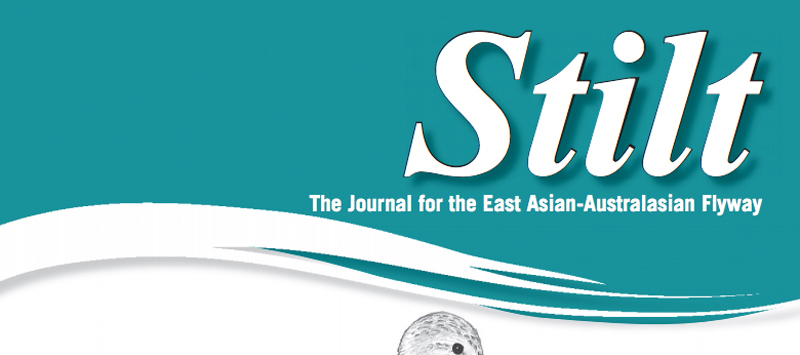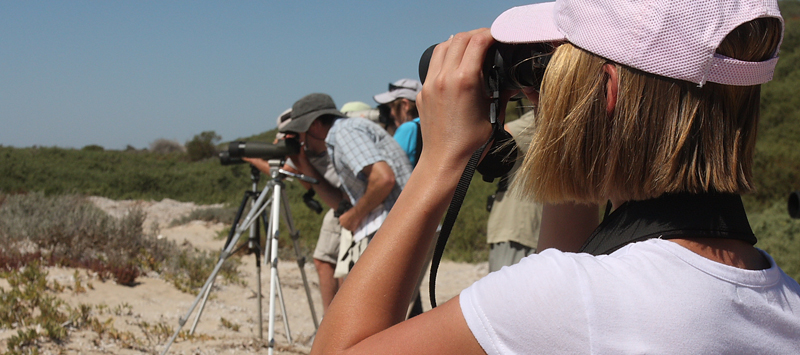Flyways
 Flyways are broad corridors used by migrating birds. For waders (shorebirds) birds eight flyways have been defined in the world. Three flyways are important for migratory waders in the Asia Pacific region. These are, (from East to West), the Central Pacific, the East Asian-Australasian, and the Central Asian Flyways.
Flyways are broad corridors used by migrating birds. For waders (shorebirds) birds eight flyways have been defined in the world. Three flyways are important for migratory waders in the Asia Pacific region. These are, (from East to West), the Central Pacific, the East Asian-Australasian, and the Central Asian Flyways.
Some species or individuals cross from one Flyway to another. Thus in the East Asian-Australasian Flyway Ruffs breeding in East Siberia are known to migrate westwards to Europe and Africa joining the East Atlantic Flyway. Grey Phalaropes and Pectoral Sandpipers breeding in East Siberia mainly migrate to spend the non-breeding season in South America in the Pacific Flyway.
The numbers of waders in the East Asian-Australasian Flyway are unknown. They are probably a minimum of 4 million migratory waders. Within Australia there are estimated a minimum of 1 million resident waders and a minimum of 2 million migratory waders.
Effective conservation requires an “all flyway” approach
Flyways are a useful concept for the management and conservation of migratory wading birds. The birds often use many countries within a Flyway during their migrations. It is of limited value to use large resources protecting them in one country, if they are not also protected in the other countries through which they migrate, or where they spend the breeding and non-breeding seasons. Conservation agreements are made between countries which are based on the principle of shared birds within a Flyway.
There are nine bilateral agreements for migratory bird conservation in the East Asian Australasian Flyway, involving 7 countries.
The three agreements involving Australia are JAMBA (Japan/Australia migratory bird agreement), CAMBA (China/Australia migratory bird agreement) and ROKAMBA (Republic of Korea/Australia migratory bird agreement). These agreements are followed up actively with meetings between governments every 2 years.
In addition to bilateral agreements there are two multilateral agreements which are relevant to Flyway conservation of waders. Ramsar Convention (Convention on Wetlands of International Importance especially as Waterfowl Habitat) promotes wetland conservation, and the Bonn Convention (Convention on the Conservation of Migratory Species of Wild Animals) provides a multinational framework for the conservation of migratory species. In the East Asian-Australasian Flyway 15 of the 22 countries in the Flyway have signed the Ramsar Convention.


